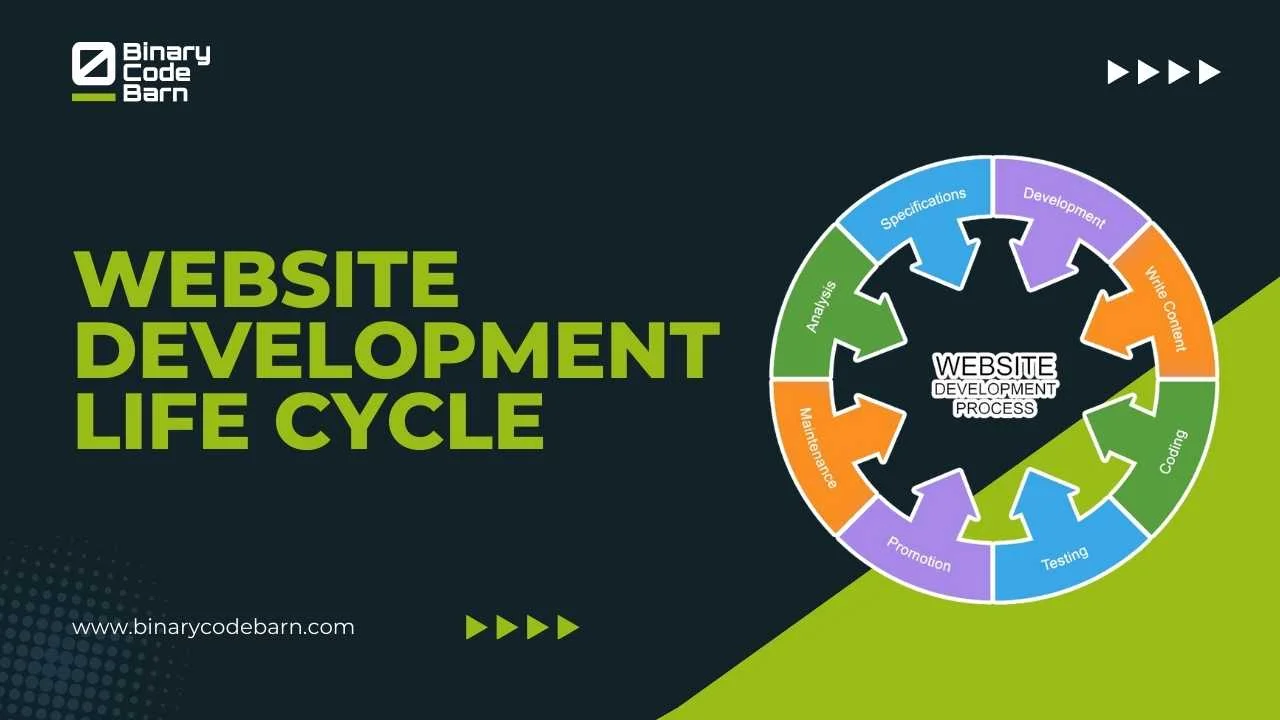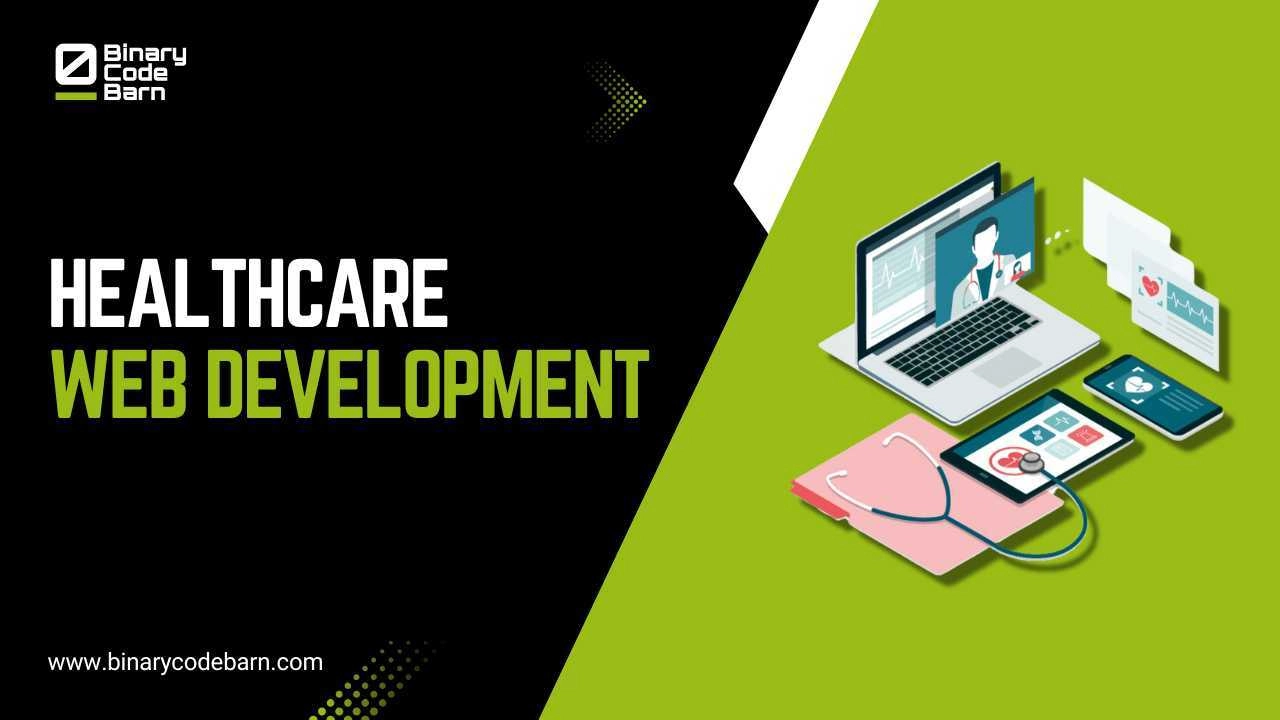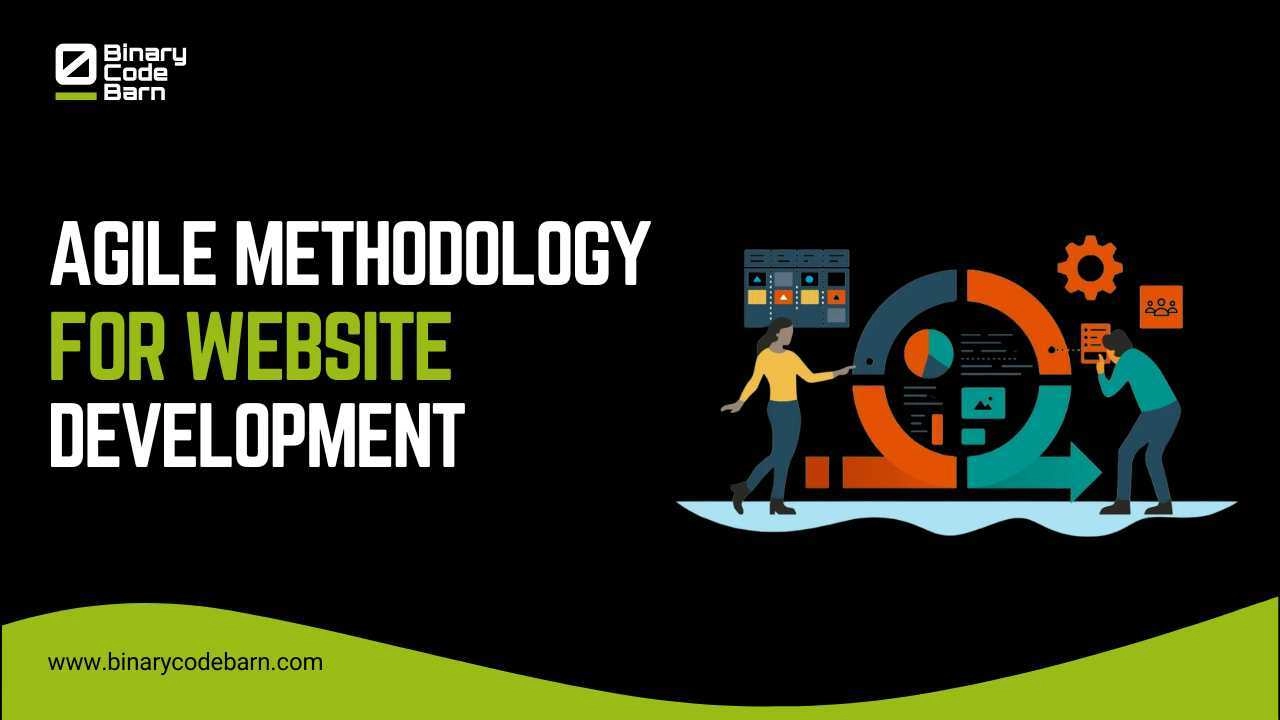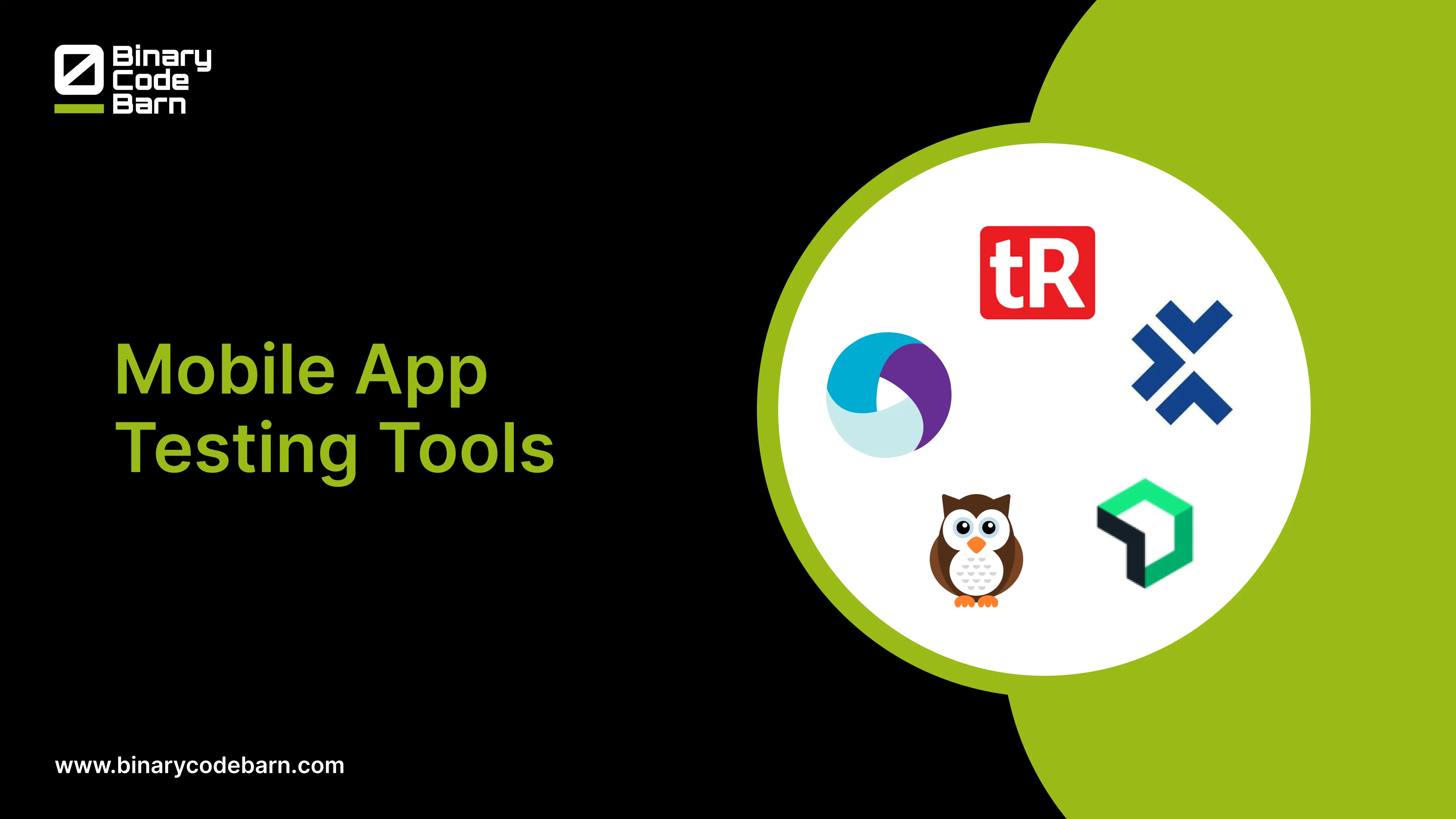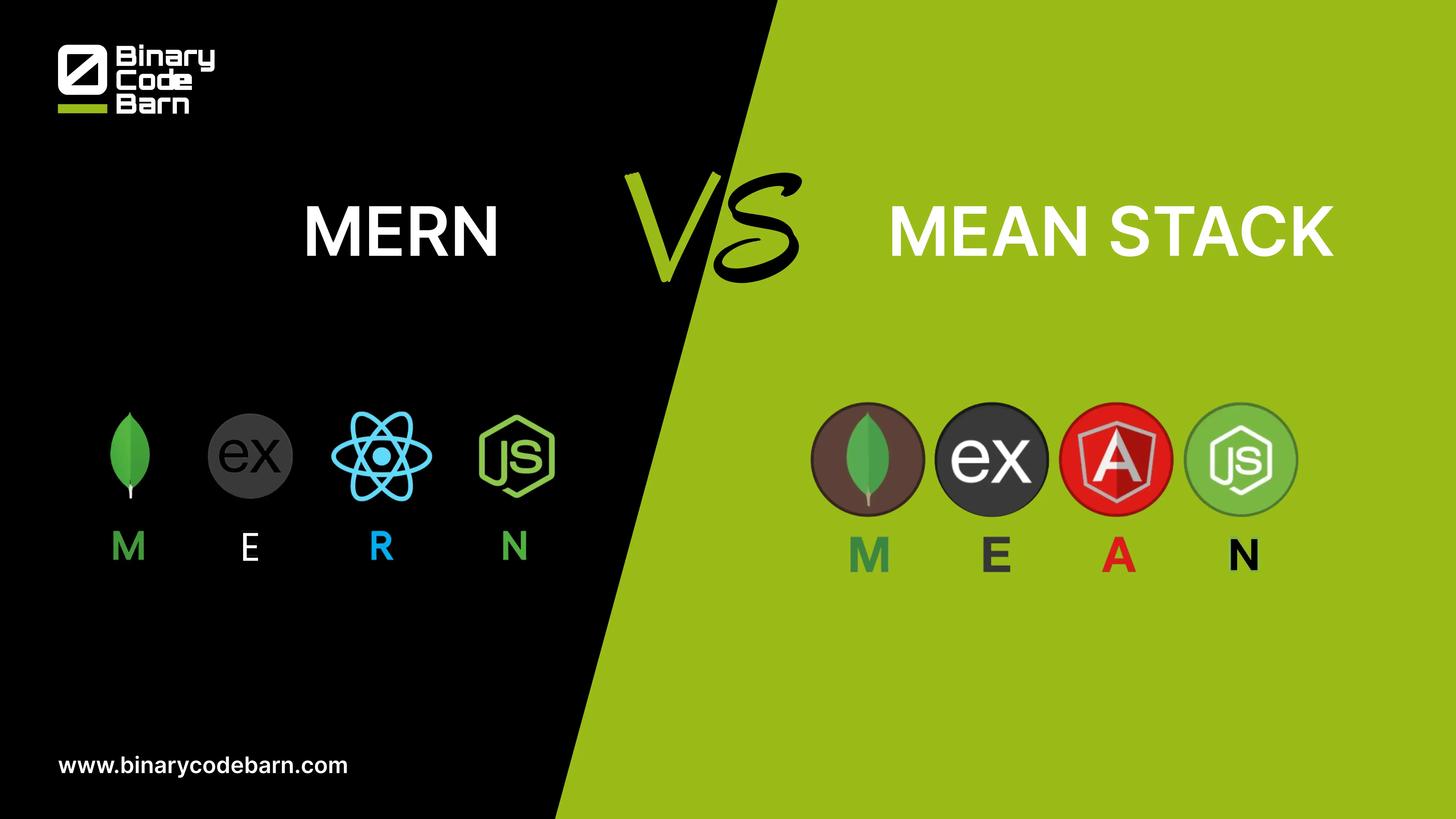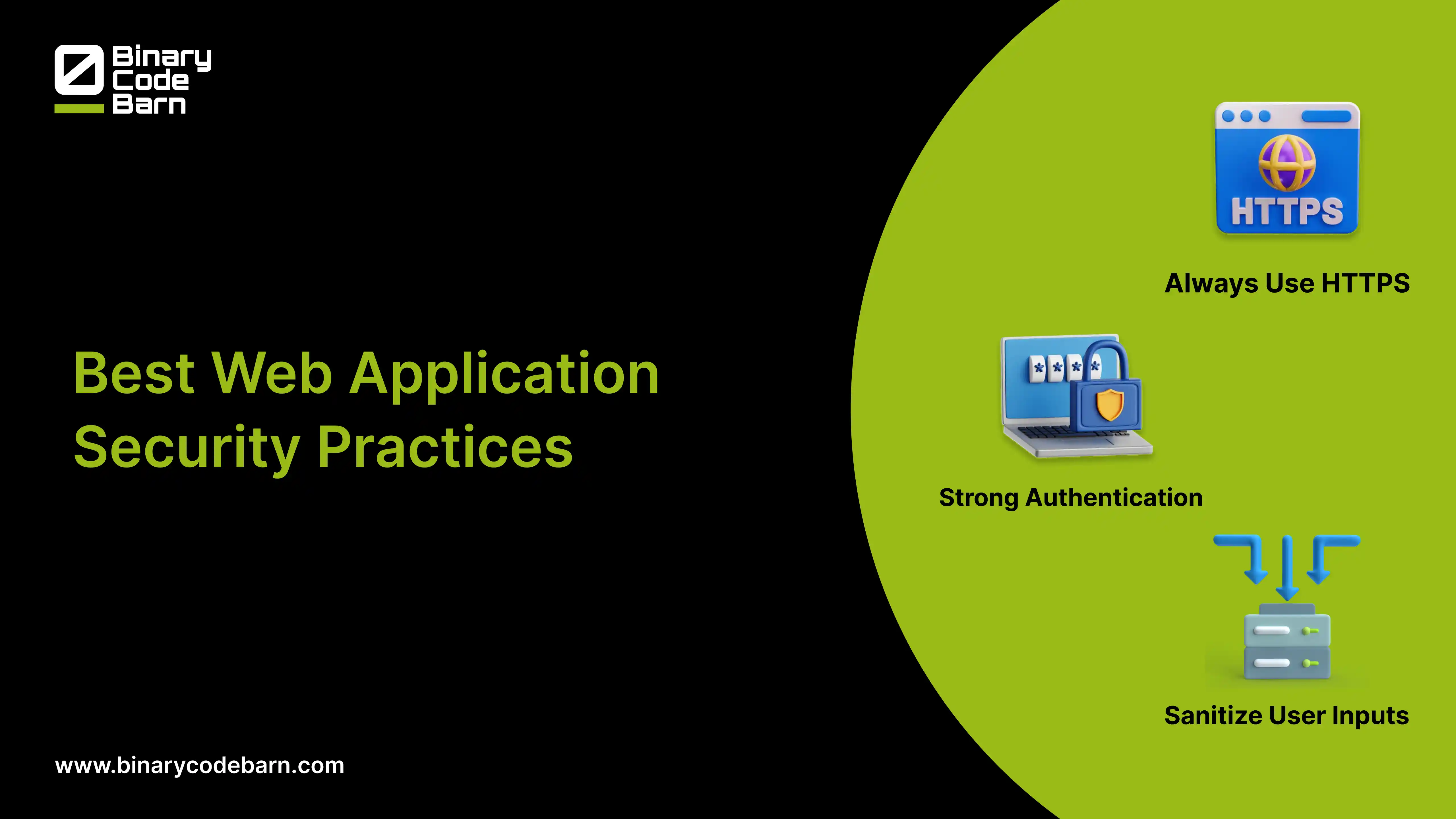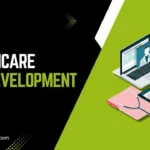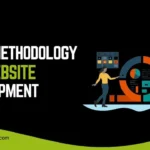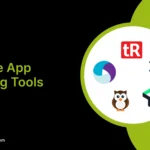Imagine providing solutions to real-world problems, one line of code at a time that’s the magic of software development. Understanding software development is pivotal for business owners across all industries. It equips leaders with the knowledge to harness technology effectively, make informed decisions on software investments, and streamline communication with development teams. From ideas to impact, Binary Code Barn can help you code the future together. Let’s delve into the basics.
What Is Software Development?
Starting with the basics you need to know what is software development. Software development includes a range of computer science activities for creating, designing, deploying and supporting software. Central to this process is programming and maintaining source code, alongside conceiving projects, assessing feasibility, analyzing business requirements, software design, testing, and release. The goal is to produce efficient, functional, and user-friendly solutions, be it for mobile apps, websites, operating systems, or complex business applications. This field is integral to virtually every facet of modern society.
Types Of Software Development
Let us give you examples of types of software development:
- Frontend development
- Backend development
- Full stack development
- Mobile development
- Cloud computing
- DevOps Engineer
- Big Data Developer
- Video game developer
What is Software Development Life Cycle?
Moving forward you need to understand the software development lifecycle process. SDLC comprises phases ensuring products meet technical specs and user needs. It’s an international standard for software firms to build and enhance computer programs, providing a structured approach for teams in designing, creating, and maintaining high-quality software.
6 Main Models Of SDLC
Before discussing the process of SDLC you need to know about some of the most commonly used models:
- Waterfall Model: Oldest SDLC model with sequential phases; each phase must be completed before the next begins.
- Agile Model: Utilizes rapid, incremental cycles called sprints; allows for flexible changes and quick project completion.
- Iterative Model: Focuses on repetition; rapidly creates and improves versions but can quickly consume resources.
- V-Shaped Model: Extension of the waterfall model; includes testing at each development stage, but can face similar obstructions.
- Big Bang Model: Best for small projects; prioritizes development over detailed requirements definition.
- Spiral Model: Highly flexible; emphasizes repetition through planning, design, build, and test phases with gradual improvements.
7 Steps Of Software Development Life Cycle
The next thing is to understand the whole software development process. To simply describe the process consists of 7 main steps to develop software which are explained below:
Planning
The initial stage of SDLC focuses on defining goals: “What do we need?” Project planning is crucial in software delivery, as it involves estimating costs and specifying requirements. This phase centers on understanding needs, gathering requirements, and outlining project objectives and constraints. Its aim is to clarify the software’s purpose, functionality, and problem-solving capabilities.
Requirement Gathering & Analysis
In the second step of SDLC, the focus is on gathering comprehensive client requirements. Detailed discussions with the customer ensure clarity on every aspect and specification of the product. The development team then analyzes these requirements with consideration for software design and coding, assessing their feasibility and alignment with system capabilities.
This phase is crucial for translating planning and analysis insights into clear requirements for the creation of essential documents like the Software Requirement Specification (SRS), Use Case document and Requirement Traceability Matrix.
Design
In the design phase of SDLC, software developers ensure the software solutions meets all end-user requirements and is feasible in terms of technology and cost. They select programming languages like Oracle or Java based on the project’s needs. Stakeholders review the design specification, providing crucial feedback for accuracy and cost control. This phase produces a Software Design Document (SDD) outlining system design, programming language, platform, and security measures. Prototyping may also occur to visualize and refine the product before full-scale development.
Development
Everyone, time to code! In this stage coding begins, translating the design into computer-readable language. Tasks are divided into modules and assigned to developers who write code using custom software development languages and tools like interpreters and compilers. This involves both Mobile App Development and Web Application Development. In some cases, development overlaps with testing to ensure software functionality and bug-free performance.
Testing
In the fifth SDLC phase, the developed software is deployed in a testing environment. The testing team then verifies its functionality against customer requirements. Bugs or defects identified by the QA team are communicated to developers for fixing and retesting until the software is stable, bug-free, and meets business needs.
Types of testing in this phase include:
- Performance Testing: Assesses speed and scalability.
- Functional Testing: Verifies requirement fulfillment.
- Security Testing: Identifies vulnerabilities.
- Unit Testing: Tests individual components.
- Usability Testing: Evaluates user interface and experience.
- Acceptance Testing: Final testing stage to ensure the software meets its promises.
Deployment
In the sixth SDLC phase, after testing is complete, the product is deployed for customer use. The complexity of deployment varies with project size. Users receive training or documentation to operate the software. A small round of production testing ensures there are no environmental issues. The final product is delivered to users, with deployment potentially automated and scheduled. Different software development tools are used during the whole phase.
Maintenance
In the seventh SDLC phase, maintenance, the developed software is continually updated and improved based on user feedback and technological changes. This phase addresses issues discovered during actual use, ensuring a better user experience.
For waterfall models, this is the final stage. However, in Agile Software Development, maintenance leads to ongoing improvements. Bugs and errors found by users are fixed, sometimes requiring a return to earlier SDLC phases. Additionally, the SDLC can restart for adding new features in future updates.
How Can We Help You?
At Binary Code Barn, we guide you through every step of the software development journey, transforming your ideas into impactful solutions. From understanding your business needs to creating custom software that meets those needs, we leverage our expertise to deliver efficient, user-friendly applications. Let’s build the future together, one line of code at a time.
Summarizing It!
Understanding software development is essential for businesses to effectively use technology and make informed decisions. SDLC provides a structured framework to ensure high-quality software creation through its seven phases. Phases include Planning, Requirement Gathering, Design, Development, Testing, Deployment & Maintenance.
By following this process businesses can produce efficient, functional & user-friendly solutions. Also, if you are looking for the best adaptive Software Development company that provides excellent Software Development Services then do contact Binary Code Barn. From concept to reality, we are here to build applications with quality & speed
FAQs
What is software development?
It involves creating, designing, deploying, and supporting software through various computer science activities. It includes programming, maintaining source code, project conception, feasibility assessment, business requirement analysis, software design, testing, and release.
What is the Software Development Life Cycle (SDLC)?
SDLC is a structured process consisting of phases that ensure software meets technical specifications and user needs. It is an international standard for designing, creating, and maintaining high-quality software.
What are the 7 phases of the SDLC?
7 phases of the SDLC are:
- Planning: Defining goals and estimating costs.
- Requirement Gathering & Analysis: Collecting and analyzing client requirements.
- Design: Creating a detailed software design specification.
- Development: Writing the code for the software.
- Testing: Verifying the software’s functionality and fixing bugs.
- Deployment: Releasing the software to users and providing training/documentation.
- Maintenance: Updating and improving the software based on user feedback.
Why is understanding software development important for business owners?
It enables business owners to leverage technology effectively, make informed software investment decisions, and streamline communication with development teams, ultimately driving innovation and success.
What role does Binary Code Barn play in software development?
Binary Code Barn helps businesses translate ideas into impactful software solutions. They provide comprehensive software development services, ensuring quality and speed from concept to reality.

